Every Star Trek Discovery Easter egg and hidden reference you might have missed
Impress your friends with every Star Trek Discovery Easter egg from season 2 so far
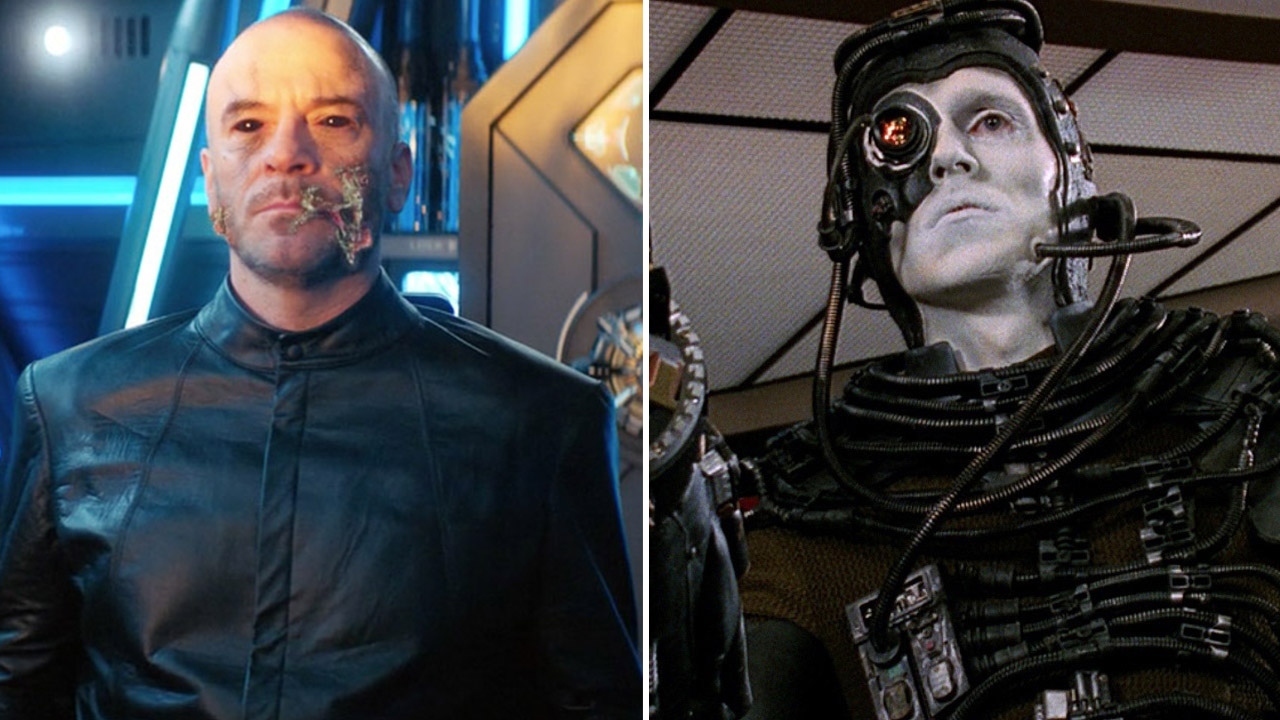
After last week’s spectacular fisticuffs with Control, episode 12 is a rather more subdued chapter of Star Trek Discovery season 2, but one that gets to the heart of the season’s themes. Come with us as we search once more for all the Star Trek Discovery Easter eggs, but be aware, we’re talking about major plot points for Through the Valley of Shadows, so expect spoilers right from the off…
As Michael comes to terms with losing her mother (again), Tyler ventures to Boreth (itself a honking great Star Trek Discovery Easter egg) and discovers the existence of the Time Crystals and his unexpectedly all-grown-up son. Plus, Pike gets a dark glimpse at his future and is forced to make a terrible choice and Burnham is attacked, providing further fuel to the Control-Borg theory (we’re still not convinced). Then, in its final moments, the episode sets up one helluva cliffhanger... There’s only two more episodes to go and the tension is mounting!
Now, prepare for emergency beam up and read all about the Star Trek Discovery Easter eggs in this and previous episodes so far...
Fancy doing a slingshot around the sun and stepping back in time to Star Trek Discovery season 1? You can take look at all the Star Trek Discovery Easter eggs from the first season from Page 7 onwards.
Season 2
Episode 12
Back to Boreth
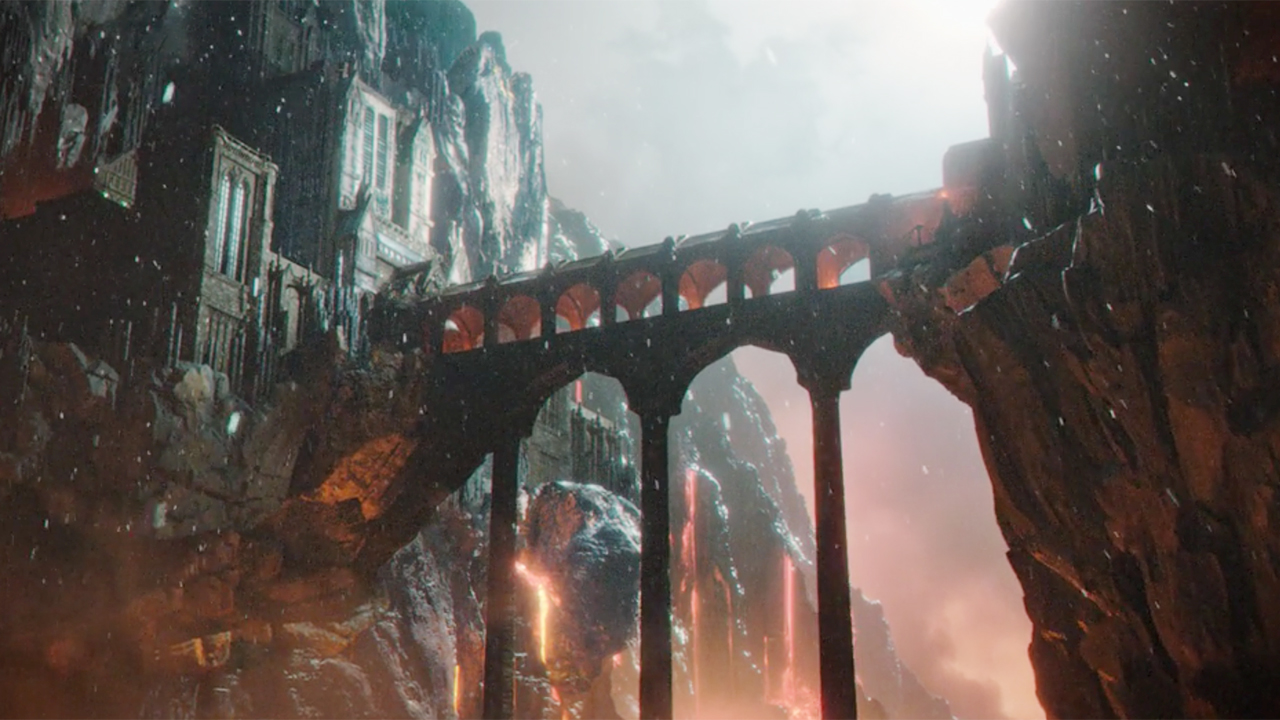
We’ve covered Boreth before, but this is our first proper look at the planet and the monks that inhabit it. The planet was first introduced in The Next Generation’s Rightful Heir, but Worf didn’t run into any Time Crystals while he was there. That’s fine - he was on a very different sort of quest and the crystals are a new development for Discovery, though one that was seeded in season 1’s standout episode, Magic to Make the Sanest Man Go Mad - AKA the one where Harry Mudd kills Lorca again-and-again.
A side note: the Timekeepers are seen wielding bat'leth - the classic Klingon bladed weapon, much favoured of Worf in The Next Generation.
That new battleship is coming along nicely…
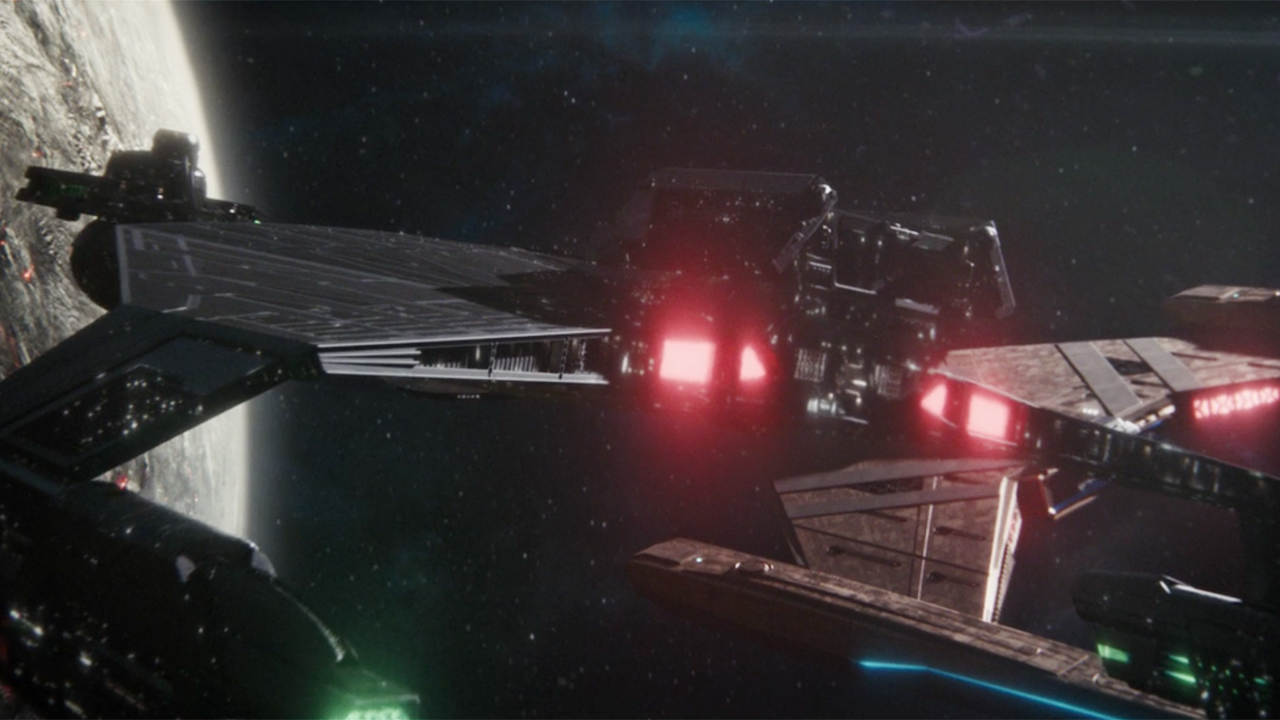
Remember the Klingon D7 starship alluded to a few episodes back? Well it’s finished and we get a proper look at it here, now in the possession of L’Rell. Perks of being the boss, eh?
Get sneak previews, exclusive competitions and details of special events each month!
A dark fate
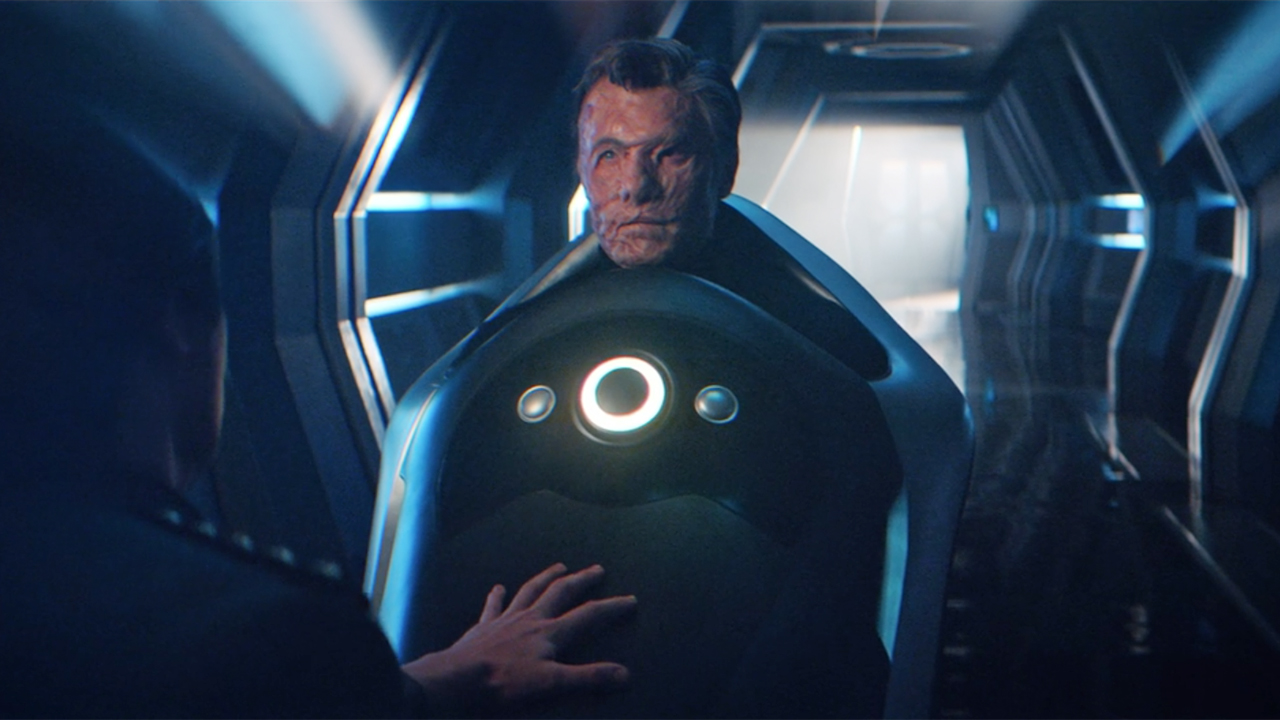
Pike gets a glimpse of the bleak future that awaits him when he sees a vision of himself scarred and in a wheelchair. This is quite the retcon, but it’s one that says something truly heroic about his character. His tragedy is now an active choice, something that he has accepted for the greater good. That makes his eventual reward (a life of peace with the Talosians and Vena) all the sweeter.
This isn’t the first time a captain has had to make this choice, by the way. In The Next Generation episode Tapestry, Picard appears to die when his artificial heart fails him. Q gives him the chance to go back and live a different life, one where he never lost his original organ in a bar brawl with knife-wielding Nausicaans. In this version of reality, he lives a quiet life, never quite achieving the things that he desires. Picard realises that, in trying to erase his hurt, he has become a fundamentally different man, so he decides to take the injury, lose his heart and become the surly-but-dignified leader we all know and love.
Kamaran Gant
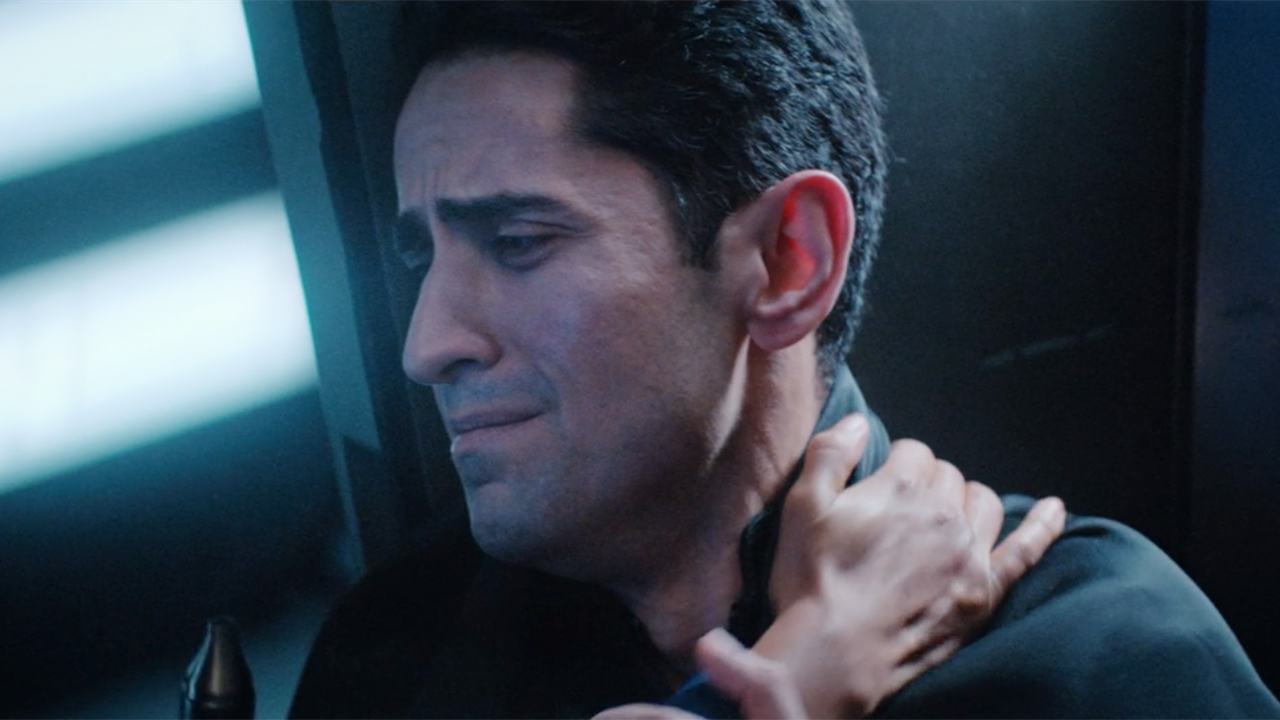
Don’t remember Michael’s mate? Don’t worry, we didn’t either. Gant was first seen in the first two episodes, The Vulcan Hello and Battle at the Binary Stars.
They’re not really gonna blow it up… are they?
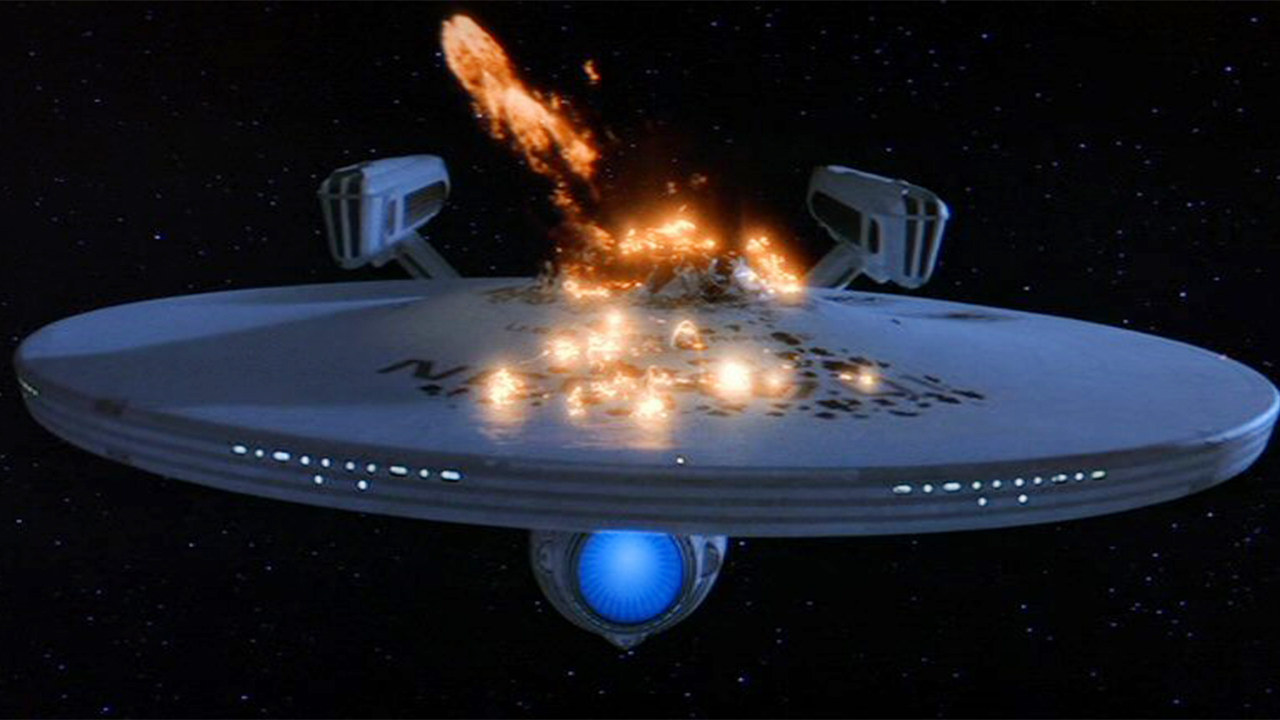
The episode ends with the Discovery set for self-destruct. Now, we have to assume that this doesn’t happen (evidence one: the Short Trek episode Calypso establishes that the Discovery ends up lost in space for a thousand years), but it’s pretty dramatic. It’s also not the first time a captain has flirted with blowing up their ship on Star Trek.
With the exception of Enterprise’s Jonathan Archer and, ironically, Lorca on Discovery, every show-leading Captain has induced self destruct at some point, only for it to be averted at the last second.
One captain, however, actually went through with it. The Enterprise is set for self-destruct by Kirk when the Klingons invade it in Star Trek 3: The Search For Spock, leading to his distraught cry of “My god, Bones… What have I done?” as his beloved ship goes down.
Episode 11
Prophecy girl

As you’d expect after last episode’s closing moments, the episode explores the traumatic life of Dr. Gabrielle Burnham - Michael’s birth mother who has become unstuck in time. Gabrielle has seen the future many times over now (which helps explain her perpetual grumpy mood).
She hints at this to Pike when she ominously says: “I could say more about your future, but you won’t like it”. This is another of the season’s many nods towards the Original Series’ two-parter The Menagerie, which reveals that Pike is terribly wounded while saving the lives of some cadets. It’s a bit mean of her to tease that, really.
The play’s the thing...
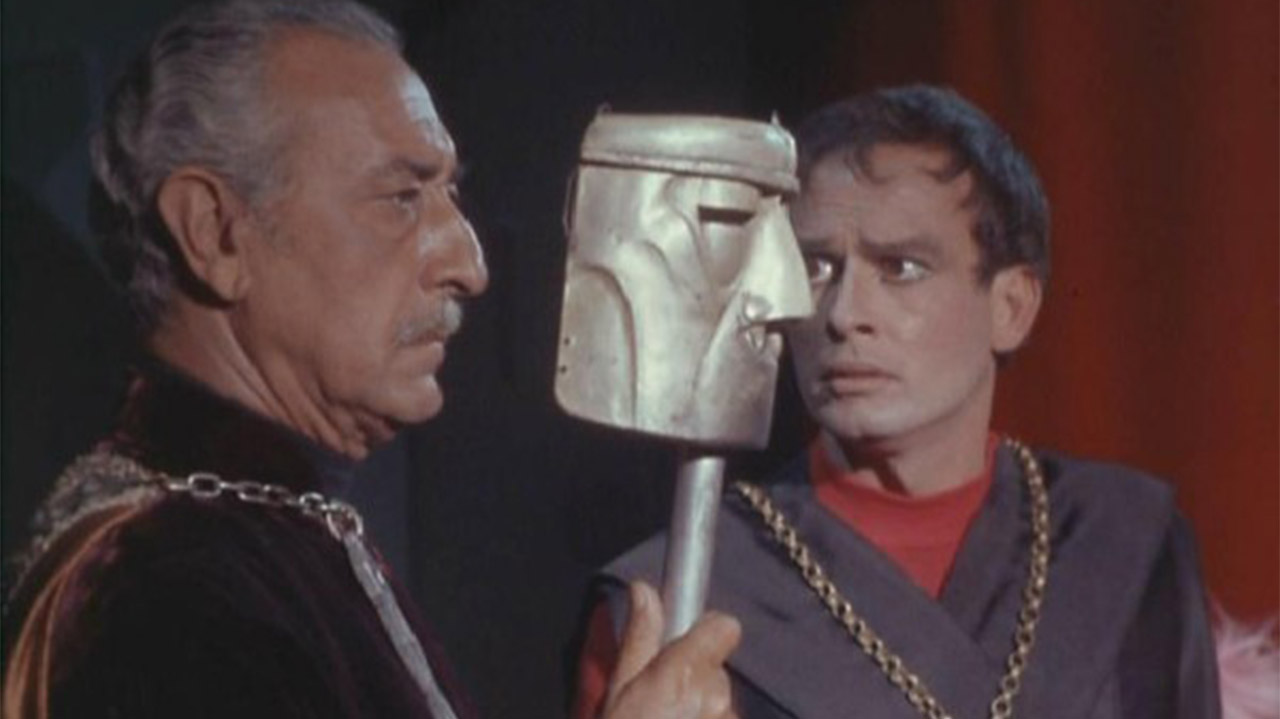
Hamlet - arguably Shakespeare’s best known play - makes a cameo in this episode with the quote: “Time is out of joint. O cursèd spite, that ever I was born to set it right!" And it’s not the first time it’s been referenced in Star Trek!
The Original Series’ The Conscience of the King saw the Karidian Company of Players perform the play onboard the Enterprise, while the original movies also make use of Hamlet allusions. Dr McCoy quotes it in The Voyage Home, while Star Trek 6: The Undiscovered Country has so many references and lines pinched from the play, even the title is a direct quotation.
The works of Shakespeare are very much alive-and-well in the 24th century, too. Q quotes “The play’s the thing” to Captain Picard in Hide and Q, leading Picard to rebut him by quoting another passage. “What he said with irony, I say with conviction. ‘What a piece of work is man! How noble in reason! How infinite in faculty. In form, in moving, how express and admirable. In action, how like an angel. In apprehension, how like a god!'"
Hamlet crops up again in another Next Generation episode, The Most Toys, where Data is seen reading the play, while the prequel series Enterprise also gets in on the act when Captain Drennik states: “There are more things in Heaven and Earth than are dreamt of in your philosophy.”
An old enemy?
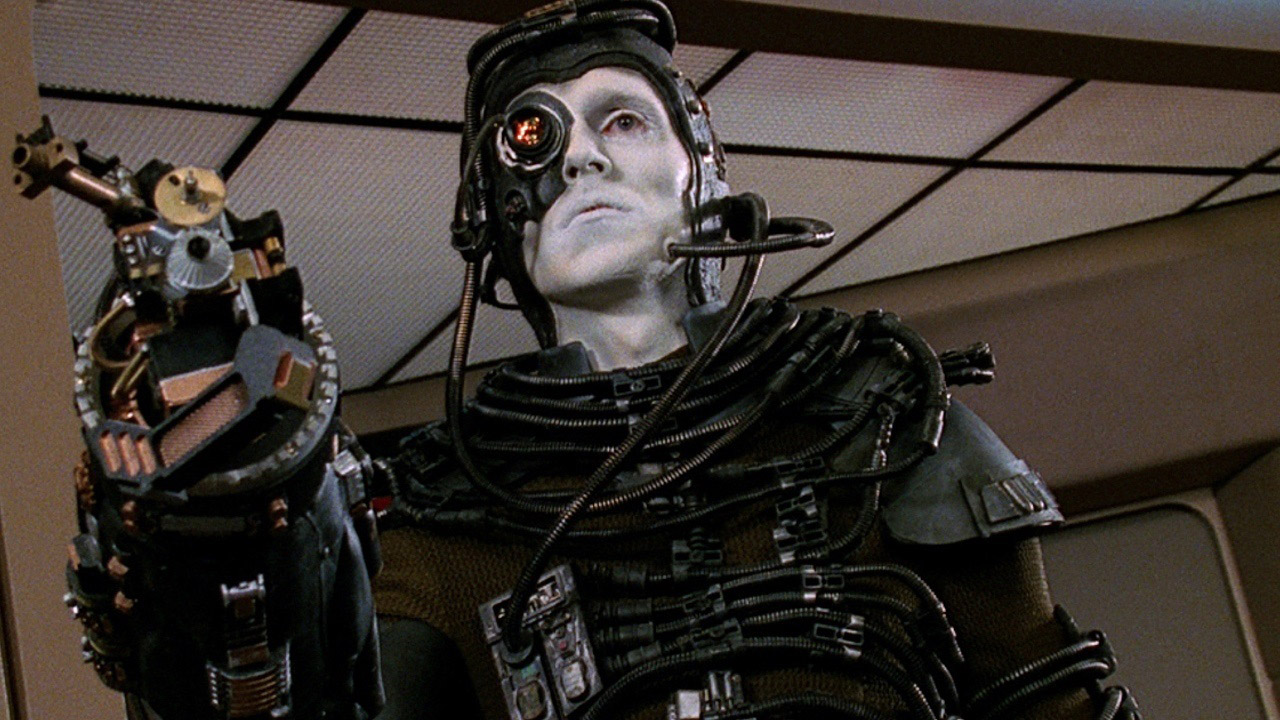
OK, so file this one firmly in the speculation camp, but a lot of the online chatter since the episode aired has been about the nature of Control. Specifically, could this season be an origin story for the Borg?
What’s the evidence for this? Well, Control is a sophisticated and constantly growing AI. It also demonstrates in this episode the ability to assimilate Leland by injecting him with nano-technology, just as the Borg do in the Next Generation movie First Contact. Then there’s Control stating “struggle is pointless” - a phrase that’s not unlike the Borg’s favoured catchphrase, “Resistance is futile”.
So, is season 2 going to end with the Discovery facing off against a Borg cube? We’re going to go out on a limb here and say: no. By this time in Trek history, humanity has already encountered the Borg twice (while not knowing their name or origin) - in First Contact and in the Enterprise episode Regeneration. Also, the Borg are generally accepted to have originated in the Delta Quadrant - still (mostly) unexplored in the 24th century when the USS Voyager is accidentally catapulted there and long after Discovery’s time.
Now, it’s not impossible that the Discovery creative team have a cunning solution to this and plan to alter the Borg’s backstory, but for now, it seems unlikely. And anyway, if you really wanted to bring them back, doesn’t it make more sense to do that in the upcoming Captain Picard show?
Episode 10
"These doors pretty much open right on their own, most of the time!"
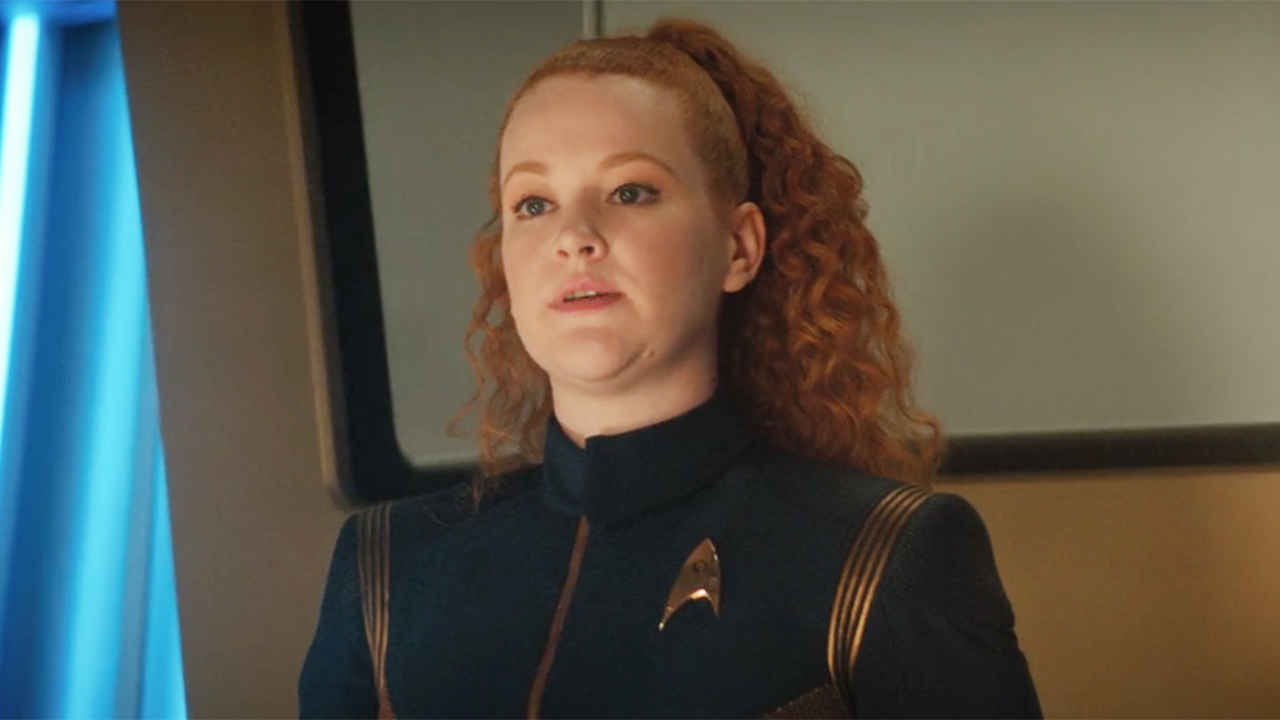
This line from Tilly is a fun, throwaway meta-gag about the fact that the automatic doors on starships in the Trek universe - as seen throughout the various Star Trek series - can, uh, vary on when they open, sometimes far in advance of characters walking through them, sometimes waiting to be opened from the inside.
What is tetryonic radiation?
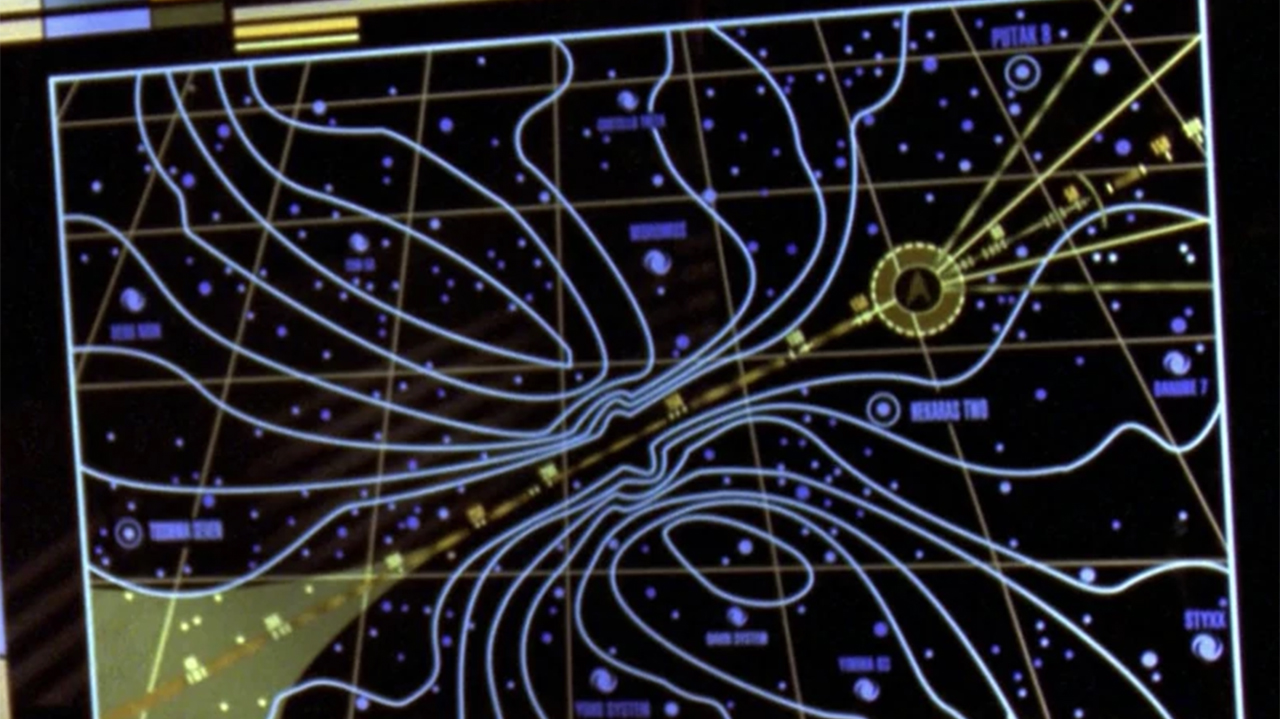
Well, it’s not real for one thing. Tetryonic radiation is caused by, unsurprisingly, tetryons - fictional subatomic particles that exist in subspace. They’re referenced in all of the Trek shows from The Next Generation onwards.
While they’re normally just a fact of subspace, there have been occasions where tetryons have been weaponised. An alien race used spatially-inverted tetryons to abduct crewmembers in the Next Generation’s Schisms, while some ships in the Star Trek Online game are armed with tetryon weapons.
Continue to Page 2 for more Star Trek Discovery Easter eggs

Will Salmon is the Streaming Editor for GamesRadar+. He has been writing about film, TV, comics, and music for more than 15 years, which is quite a long time if you stop and think about it. At Future he launched the scary movie magazine Horrorville, relaunched Comic Heroes, and has written for every issue of SFX magazine for well over a decade. His music writing has appeared in The Quietus, MOJO, Electronic Sound, Clash, and loads of other places too.


